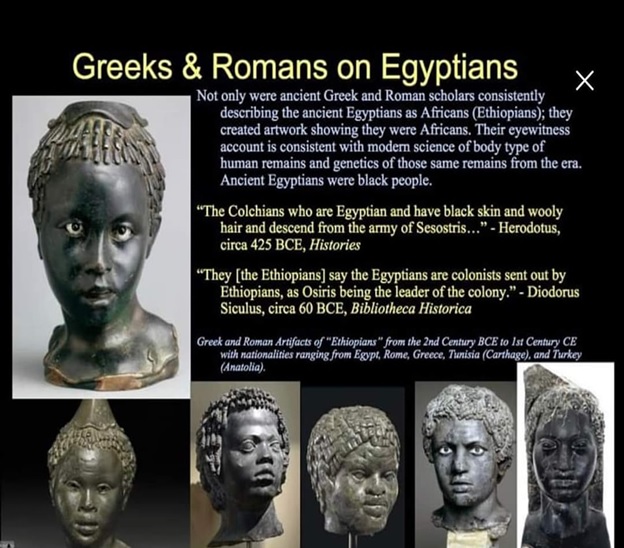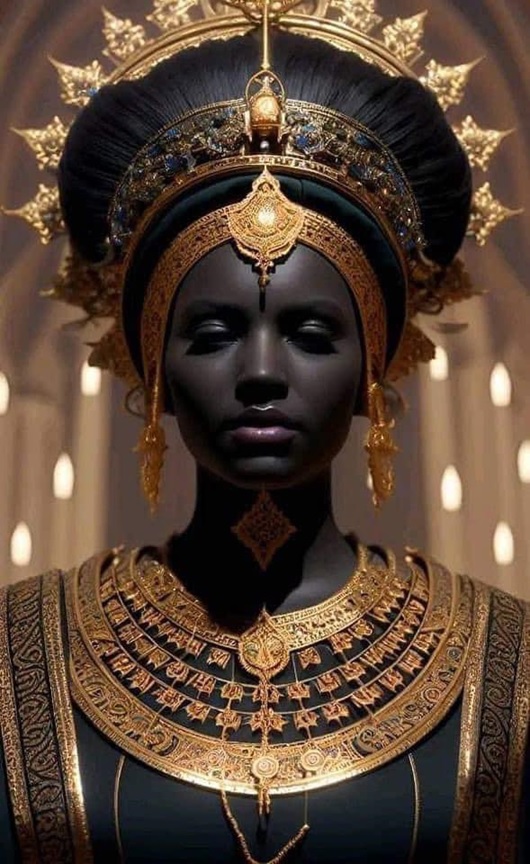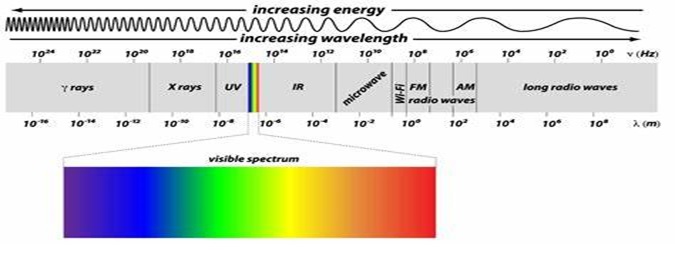FISSICOLA/ Art & Culture
Paleontologist-scientists who study the evolution and prehistory of humans have concluded that the origins of humanity lie in savanna regions in Africa. All people today are descendants of beings who lived in Africa millions of years ago. The earliest known hominids were the anchitheriines, who emerged about 4,5 million years ago. These creatures walked upright but retained primitive characteristics and did not make stone tools. But 3.4 million years ago, their descendants, known as Australopithecus, used primitive stone tools to butcher meat. By 2.4 million years ago, Homo habilis, the earliest creature designated as within the homo (human) lineage had developed a larger brain than Ardipithecus or Australopithecus. Homo-habilis used fire and built shelters with stone foundations. Homo habilis spread from Africa to the Caucasus region of southeastern Europe. A more advanced human. Homo erectus, who emerged in Africa about 1.6 million years ago, have been the first human to use rafts to cross large bodies of water and have had ability to speak.


In ancient Egypt the color black had a positive symbolism relating to supremacy, perfection and elevation. In the language of the pharaohs, the verb Kem means to carry out, to rise and to accomplish. Black is the representation of perfection. Scientifically among the colors observed, there is no black color in the color spectrum. There is no black color. If you decrease any color, it becomes white. If you increase any color, it becomes black. This means the black color shows strength and perfection, while the white color shows weakness.
In biology melanin and melanocytes are responsible for the color of the skin. The main difference between black and white skin is based on the type of melanin produced. Black skin contains eumelanin while white skin produces pheomelanin. Moreover, another difference between black and white skin is the characteristics of melanocytes. The black skin population has a high number of melanocytes, and the melanocytes are larger in size. In contrast, the white skin population has a low number of melanocytes, and their size is comparatively smaller. Melanin has a photo-protective role by capturing the UV rays of the sun responsible for skin aging, but also skin cancer. Thus, when our skin is subjected to strong exposures, the melanocytes produce a large number of pigments to protect us, which explains the tanning phenomenon. Our skin regains its natural color during the renewal of the epidermis, after 28 days.
Our cells manufacture melanin differently depending on our heredity, our hormones and our climatic environment. A person with dark skin produces more than a person with white skin. As a result, a dark-skinned person will suffer more vitamin D deficiency than a light-skinned person (vitamin D being mainly synthesized under the action of UV rays). This is the major reason for the distribution of races according to skin color by the principle of adaptation to physical and socio-epistemological
The pyramids of Giza were necessarily built by strong people who resist U.V radiation and high temperatures, so the black ones

